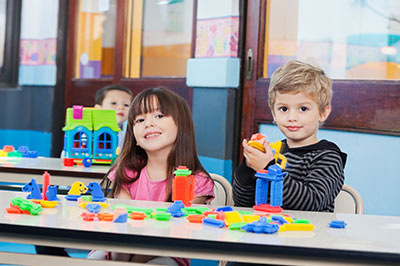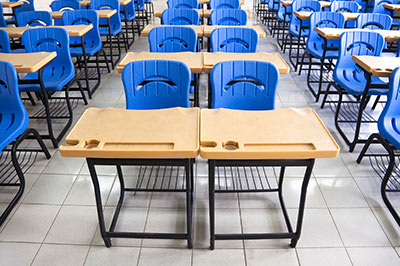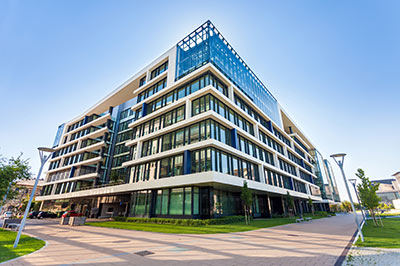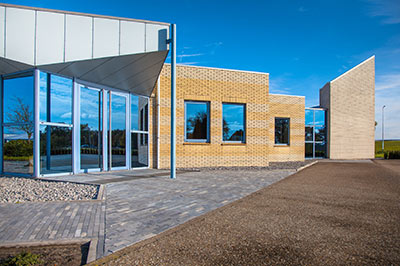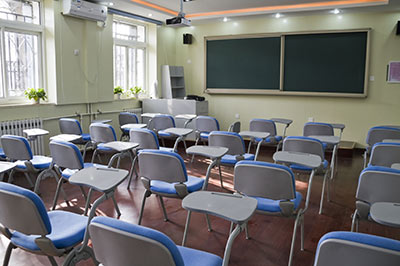Florida Department of Education, Office of Educational Facilities
As of July 1, 2002, the Department of Education replaced all bulk communications with the Paperless Communications System. In order to be notified of changes in the State Requirements for Educational Facilities and other communications from the Department of Education, interested parties are now required to subscribe to the Department’s Paperless Communications System.
The Department developed this electronic means to notify interested parties when official correspondence is posted on its website to communicate with Florida’s educational community in a timely and cost-efficient manner. By signing up at the address below, and indicating topics of interest, subscribers will receive email notices containing links to messages, reports, legislative updates, technical assistance papers, newsletters, the State Requirements for Educational Facilities, and official memorandums issued by the Department of Education. All messages will link to PDF files that may be viewed, downloaded and printed.



